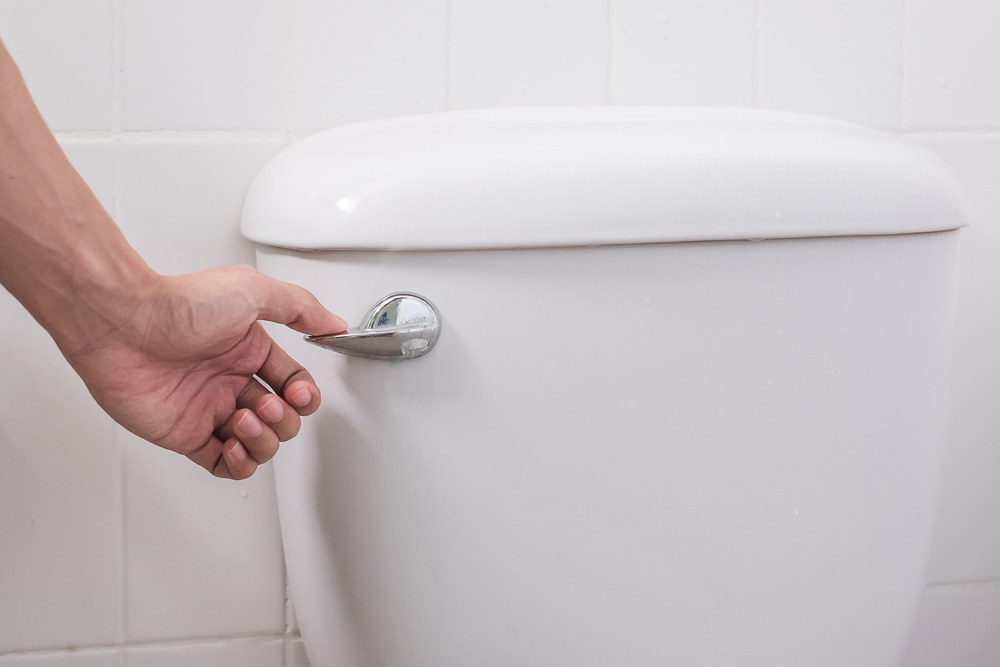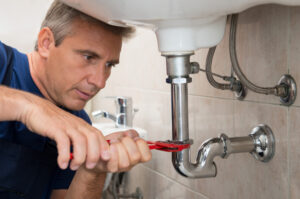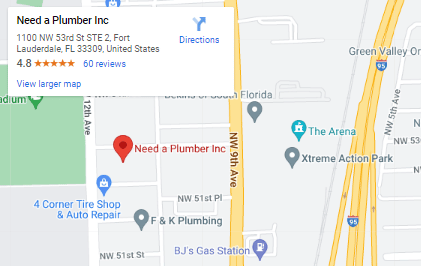Leaky toilets are one of the most common plumbing problems that homeowners face. They not only waste water but also lead to high water bills. In some cases, they can cause water damage to your home. In this article, we will discuss the common causes of leaky toilets, how to identify them, and what you can do to fix them.
What is a Leaky Toilet?
A leaky toilet is one that continues to run or drip even after you have flushed it. It can be a small leak or a large one. The water can come from the tank or the bowl, or both. A leaky toilet is usually caused by a faulty flapper valve, which is a rubber or silicone seal that sits at the bottom of the tank and controls the flow of water into the bowl.
Common Causes of Leaky Toilets
1. Faulty Flapper Valve
As mentioned earlier, a faulty flapper valve is the most common cause of a leaky toilet. Over time, the flapper valve can become worn out, cracked, or warped, which can cause water to leak from the tank into the bowl. This can lead to higher water bills and wasted water.
2. Loose or Damaged Tank Bolts
Another common cause of leaky toilets is loose or damaged tank bolts. These bolts secure the tank to the bowl and can become loose over time due to wear and tear. This can cause water to leak from the tank into the bowl, leading to a leaky toilet.
3. Cracked Tank or Bowl
If you notice water pooling around the base of your toilet, it could be due to a cracked tank or bowl. This is a more serious problem and requires immediate attention from a professional plumber. If left unaddressed, a cracked tank or bowl can cause significant water damage to your home.
4. Damaged Wax Ring
The wax ring is a seal that sits between the base of the toilet and the drainpipe. If the wax ring becomes damaged or worn out, it can cause water to leak from the base of the toilet. This can lead to water damage to your flooring and even the ceiling below if you have a toilet on an upper floor.
5. Faulty Overflow Tube
The overflow tube is a vertical tube that sits in the middle of the toilet tank and connects to the toilet bowl. Its primary purpose is to prevent the tank from overflowing. However, if the tube is faulty, it can cause water to leak from the tank into the bowl, leading to a leaky toilet.
How to Identify a Leaky Toilet
Identifying a leaky toilet is easy. You can do it by following these simple steps:
- Remove the tank lid and place it on a flat surface.
- Add a few drops of food coloring to the water in the tank.
- Wait for a few minutes.
- Check the water in the bowl. If the water in the bowl has changed color, then you have a leaky toilet.
How to Fix a Leaky Toilet
Fixing a leaky toilet depends on the cause of the problem. Here are some common fixes:
- Replace the flapper valve.
- Tighten or replace the tank bolts.
- Replace the cracked tank or bowl.
- Replace the damaged wax ring.
- Replace the faulty overflow tube.
Conclusion
Leaky toilets are a common plumbing problem that can lead to high water bills, water wastage, and water damage to your home. The most common causes of leaky toilets are a faulty flapper valve, loose or damaged tank bolts, a cracked tank or bowl, a damaged wax ring, and a faulty overflow tube. Identifying and fixing the problem can help you save money and prevent water damage to your home. If you are unsure about how to fix a leaky toilet, it’s always best to call a professional plumber.
Frequently Asked Questions (FAQs)
Q1. How much water does a leaky toilet waste?
A leaky toilet can waste a significant amount of water. A small leak can waste up to 50 gallons of water per day, while a large leak can waste up to 200 gallons of water per day.
Q2. How do I know if my toilet is leaking from the tank or the bowl?
To identify the source of the leak, add a few drops of food coloring to the water in the tank. Wait for a few minutes, and then check the water in the bowl. If the water in the bowl has changed color, then the leak is coming from the tank. If the water in the bowl has not changed color, then the leak is coming from the bowl.
Q3. Can a leaky toilet cause water damage to my home?
Yes, a leaky toilet can cause water damage to your home. If the leak is not fixed promptly, it can lead to water damage to your flooring, ceiling, and walls.
Q4. Can I fix a leaky toilet myself?
If you are handy with plumbing and have some experience, you may be able to fix a leaky toilet yourself. However, if you are unsure or don’t have the necessary tools, it’s best to call a professional plumber.
Q5. How often should I check my toilet for leaks?
It’s a good idea to check your toilet for leaks once every six months. This will help you identify any problems early and prevent water wastage and damage to your home.














